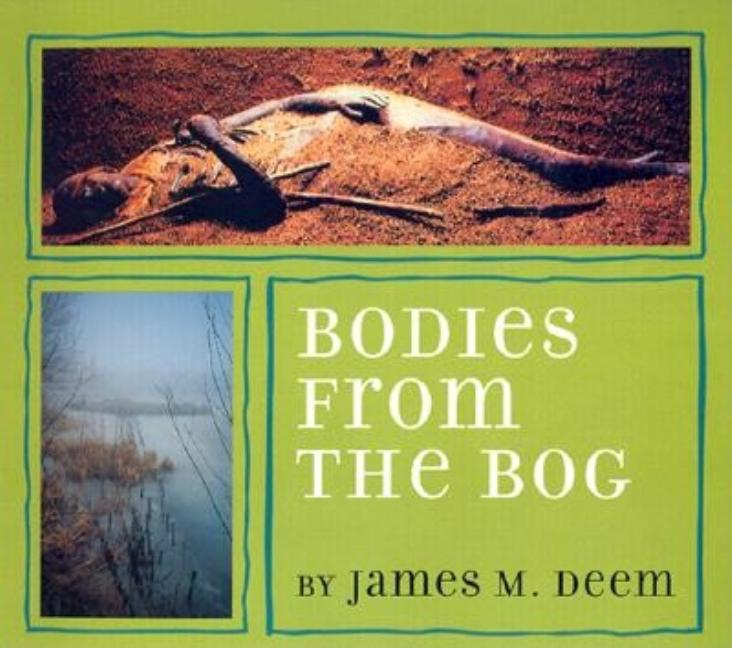Book Descriptions
for Bodies from the Bog by James M. Deem
From Cooperative Children's Book Center (CCBC)
The nature of most peat bogs causes them to be a perfect preservative for bodies that were buried thousands of years earlier. Occasionally in recent times across Europe, such bodies have been found in peat bogs. Archeologists call this type of mummy a bog body." One such bog body discovered in 1952 near Grauballe, Denmark, is known as the Grauballe Man. Experts surmise that he died about 55 BCE, no doubt as a human sacrifice of Iron Age people. Deems discusses the methods utilized by scientists to reconstruct when and how each individual might have lived and died. The book contains archival photographs of skulls and mummified bodies that will fascinate young readers, but Deems does not disrespectfully sensationalize an admittedly quite sensational subject. (Ages 9-14)
CCBC Choices 1998. © Cooperative Children's Book Center, Univ. of Wisconsin - Madison, 1998. Used with permission.
From the Publisher
One morning in April 1952, Danish workmen digging in a peat bog near the town of Grauballe made an astonishing discovery: the body of a man preserved in the bog, his face Xattened by the weight of the peat and his skin as brown as the earth in which he lay. Who was this man, and how had he come to be there?
With striking photographs and engaging text, James M. Deem tells the story of Grauballe Man and other bog bodies discovered in European peat bogs. He explains who they were, how they lived and died, and how their peat graves acted to preserve their bodies so well.
With striking photographs and engaging text, James M. Deem tells the story of Grauballe Man and other bog bodies discovered in European peat bogs. He explains who they were, how they lived and died, and how their peat graves acted to preserve their bodies so well.
Publisher description retrieved from Google Books.


